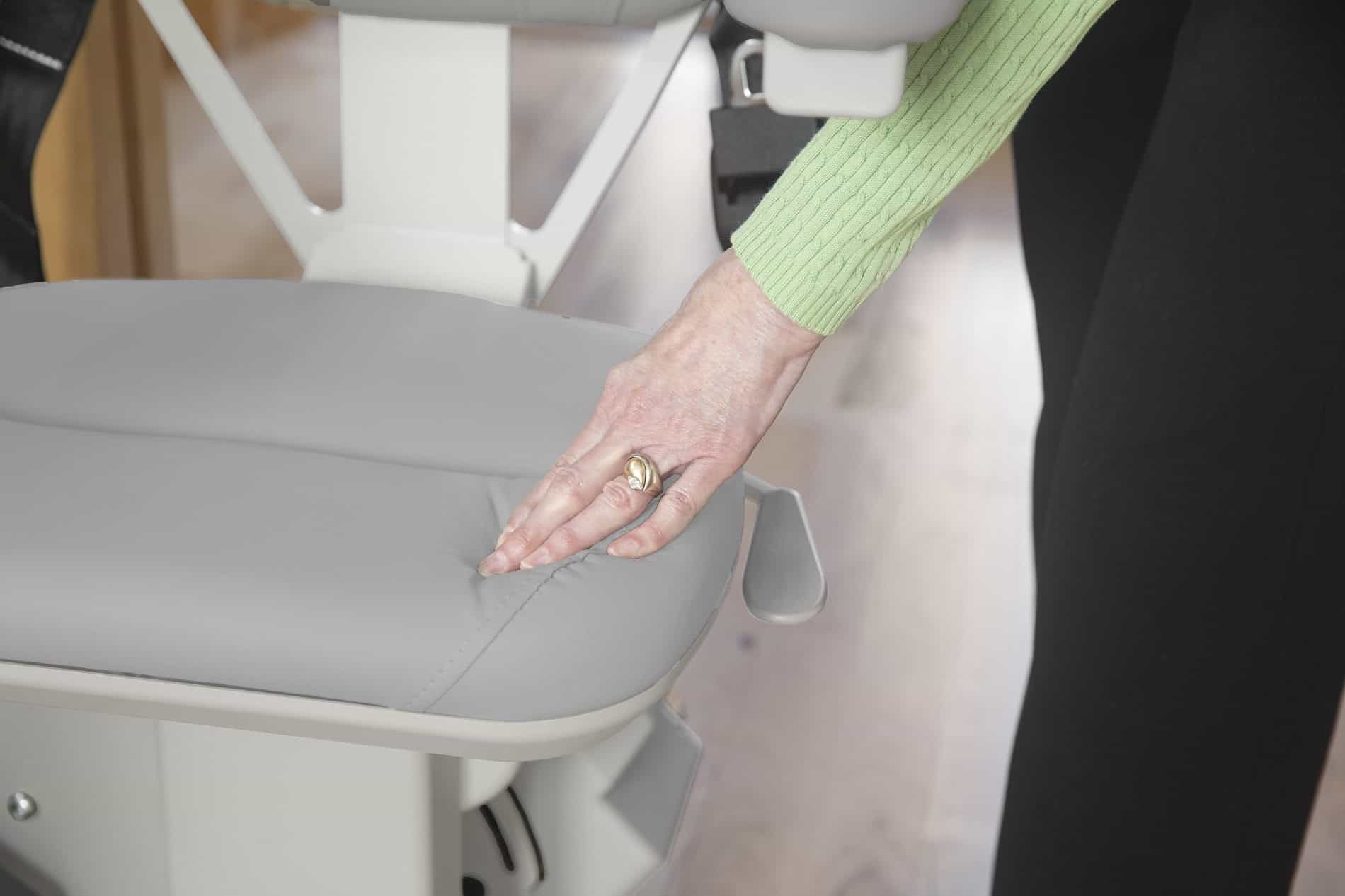When it comes to mobility aids, buyers have a lot of choices. So, how do consumers assess which will be the best and most suited aid for their distinct needs? The answer to pinpointing the perfect equipment to help with accessibility and mobility lies in a simple checklist and a thorough understanding of your options.
If you live with a mobility issue or limitation, you have a lot of options when it comes to aids and devices to make life easier and more accessible. There are so many choices, in fact, that it may seem daunting to dissect and discover which equipment makes the most sense for your situation, but there are ways to make it easier.
So, how to assess the best mobility aids to suit your needs? Consider this simple checklist:
The Home. The first thing to consider on your checklist is the actual home environment: is it conducive to mobility equipment? Is there room for lifts and ramps? Are the doors wide enough for chairs and scooters? Talking to a reputable and knowledgeable mobility retail professional can be very insightful and often pinpoints the best mobility aids for your home or living situation.
Your Access. The next thing to determine is your level of accessibility. What kind of assistance makes the most sense? Is this an ongoing need, or only occasionally? The layout and configuration of your home also comes into play when evaluating your level of access and assessing the best mobility aids for your needs. Are there stairs in the home- can you climb them? Ask yourself these questions.
Your Budget. What is your budget? Obviously, this is a relevant issue when making the decision to invest in mobility aids. Are you looking to make a bigger purchase of something like a stairlift or is an inexpensive grab-bar what you seek? Budget matters, so talk to your mobility retailer about financing options as well as second-hand alternatives, as well, which may help to curb out-of-pocket costs.
Insurance? Do you have insurance that will help cover the cost of mobility equipment? Our team of mobility professionals can help you get to the bottom of that- while also helping you find equipment that is covered by your insurance policy or policies.
Versatility. Sometimes the best option is something that has some versatility. For instance, a portable ramp- as opposed to a permanent one- has the versatility of being able to be removed and repositioned, as needed, where needed. These can also be very cost-effective strategies to enhancing accessibility while curbing the expense.
The Time Frame. Do you need a mobility aid temporarily- or is this something you want to invest in for the long-run? The time frame for equipment can help tease out if buying or renting suits you best. Not sure at this point in time? In this case, consider all your options before making purchase decisions as there may be a better choice if your needs are short term. Your time frame is key when assessing for the best mobility solution.
Your Caregivers. What is your caregiver’s role in your accessibility? Are these formal supports, hired and paid for, or are they family members and loved ones? Depending on the extent of your needs, caregivers may put their own wellbeing on the line to assist with ADLs (activities of daily living); some mobility equipment keeps caregivers in mind and helps protect them, too. For example, a freestanding lift can be utilized to prevent caregivers from injuring their backs or necks during difficult transfers or lengthy transport. Also, if you have no caregivers that assist you regularly, this is key to assessing needs and finding the right mobility solution for you.
The Installation. How do you plan to set up and install your mobility aids? Is this something that is within your own capabilities? If not, it makes the most sense to buy equipment from a company that will provide full-service support, before and after the sale, to ensure your aids are set up properly and working optimally. In fact, allowing a novice or layman to install your mobility device, such as a stairlift, may render any warranty null and void so make sure to read and understand the terms of your agreement.
Your Prognosis. What is your health prognosis? Are your medical conditions or limitations due to a progressive illness or affliction? This also is relevant to your mobility needs assessment as you may benefit from equipment that offers a broader range of assistance and that can be helpful to you across the span of your condition- and that won’t become obsolete in the near future.
Always buy your mobility equipment from a retailer that cares about your wellbeing and satisfaction with the device. Make sure that you are provided with a needs assessment that helps target the best options for your needs, environment, and budget. Call or visit the mobility experts at Pacific Mobility to learn more today.
President, Husband, Father, Grandfather Graduate of UC Davis- Bio Sci Major- Go Aggies! Jeff has extensive experience in all of Pacific Mobility’s products and services, and specializes in accessibility products as well as stairlifts, ceiling lifts and custom wheel chairs. His hobbies include spending time with family, gardening, mountain biking, exercising and off road motorcycle riding.
24 years as Owner/President of Pacific Mobility Center – selling, installing, and servicing stairlifts, porch lifts, ceiling lifts, pool lifts, handicap ramping, specialty wheelchairs, scooters, power wheel chairs, and other power mobility devices
Certified Environmental Access Consultant since 2008
Licensed General Contractor since 1998
Certified Aging in Place Specialist since 2016
Board Member for Home Access Professionals
Member of Association of Members of the Accessibility Equipment Industry (AEMA)




